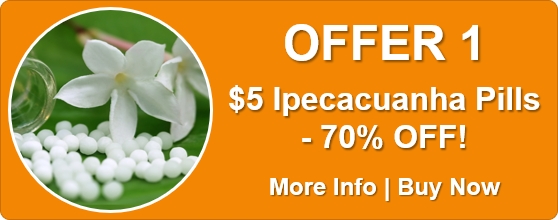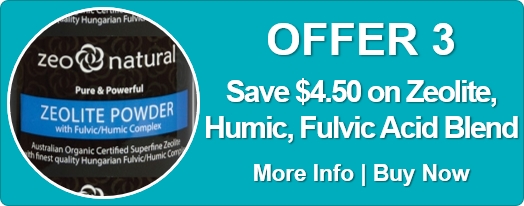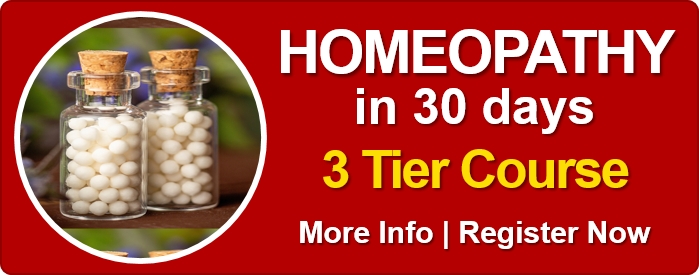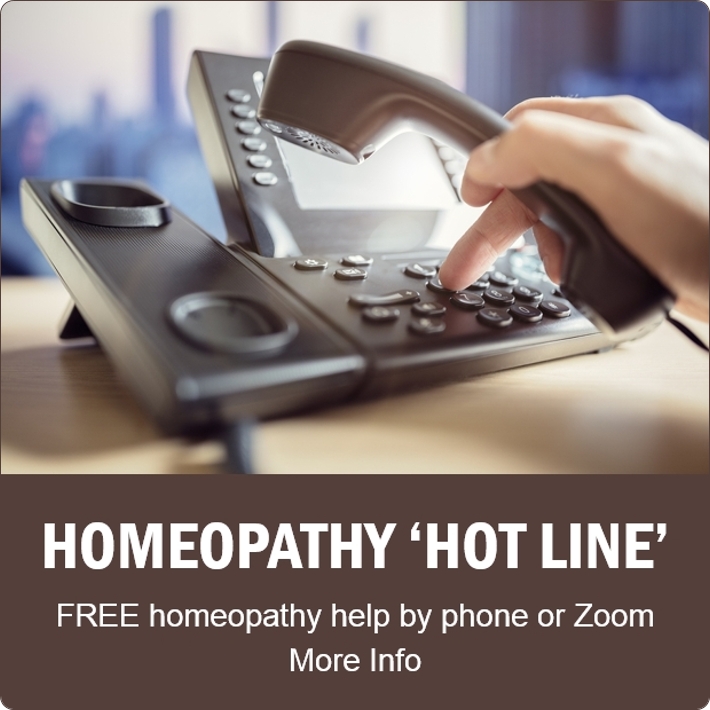Know Your Remedies: Clematis Erecta (Clem.)
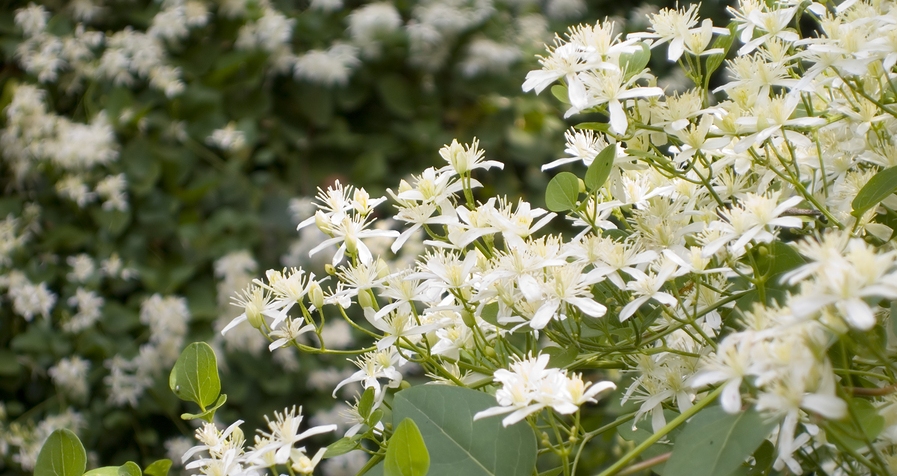 Common Name: Upright virgin’s bower.
Common Name: Upright virgin’s bower.
General Information
The symptoms of Clematis Erecta (Clem.) usually involve in the male urogenital system, teeth, and skin. Symptoms either affect or are worse on the right side of the body. Glands become hard and painfully swollen while neuralgic (nerve) pain or electric-like shocks are worse at night, especially when lying down or bathing. Pain lessens during perspiration. Clematis erecta is also considered a key remedy for toothache.
Mental-Emotional Symptoms
- Gloomy and melancholic.
- Fear of being alone but irritable with company.
- Dread of bathing.
Eye
- Chronic or frequent conjunctivitis.
Teeth
- Toothache which worsens at night.
- Toothache worsened by warm drinks but improved when cold water is held in the mouth.
- Toothache better for inhaling cold air over the tooth
Bladder and Urethra
- Has to wait a long time before able to pass urine
- Unable to fully empty bladder.
- Dribbling after passing urine.
- Constriction of the urethra.
- Types of prostatic enlargement.
Male Genitalia
- Swelling of the inguinal glands and spermatic cord.
- Testicles drawn upwards, into the body.
- Hard, painful, swollen testicle (orchitis), usually the right.
- Pain worsens with the heat of the bed.
- Ailments from suppressed gonorrhoea.
Skin
- Burning vesicular (blistered) eruptions.
- Eruptions irritated and worsened by washing or bathing.
- Types of eczema.
Where do I find it?
Clematis Erecta (Clem.) is available from our online store as a single remedy in either pills or liquid.
Home Treatment Guidelines
Acute, Self-Limiting Conditions
Conditions like colds or minor injuries, which are short-term and typically improve on their own, can be managed at home with homeopathy. However, in emergencies or if symptoms worsen, contact your healthcare provider.
Chronic Conditions
These home treatment instructions do not apply for ongoing issues, whether mentioned above or not, like persistent allergies or chronic pain. You should consult a qualified homeopath for a personalized treatment plan to achieve the best results with homeopathy for chronic conditions.
How to Take the Remedy for Acute Conditions
- Take one pill or five drops of the remedy. The frequency depends on symptom severity. As examples:
- For life-threatening symptoms, take every 1 minute and seek emergency help immediately.
- For mild symptoms, take every 4 hours.
- Stop taking the remedy once you feel better. Resume if symptoms return.
- If no improvement after four doses, choose a different remedy or consult a professional homeopath.
- For more details on dosing, refer to: How Often to Dose with a 30C Homeopathic remedy.
- For information on the different potencies, read: Guidelines on which potency to use
Additional Notes From Past Masters
Homeopathy is a 200-year-old system of medicine. Early homeopaths recorded detailed notes on how remedies worked, including initial tests, remedy relationships, and their experiences. These writings were shared to improve homeopathic practice and now offer fascinating insights into past uses of homeopathy. Here’s an example, edited and modernised for clarity, from Leaders In Homoeopathic Therapeutics (1898) by E. B. NASH M.D.:
Leaders In Homoeopathic Therapeutics by E. B. NASH M.D.
Clematis Erecta (Clem.)
This is a good remedy for gonorrhoea when there are on account of slow or intermittent flow of urine indications of formation of a stricture, and will, if given early (high), often prevent it
So much pain and suffering often necessitating operation for the relief of stricture has been experienced that everything possible should be done to avert it. In the first place the cauterization method, or fashionable local treatment, is responsible for nearly, if not quite, all strictures. I know that such practice is neither scientific nor curative in the remotest sense, and on the other hand I know that constitutional treatment alone is adequate to cure (not simply suppress) the worst cases, and that in the shortest possible time.
Another use for Clematis is for curing the orchitis arising from the suppression of gonorrhoea, or when it may have extended to the testicles without such suppression, which latter condition seldom occurs. The testicle becomes greatly swollen, and if not promptly relieved becomes indurated and hard as a stone. I have cured this very promptly with Clematis.
Pulsatilla is undoubtedly the remedy oftenest indicated in orchitis from suppressed gonorrhoea, but if after it has reduced the pain and restored the discharge it fails to reduce the swelling or induration, Clematis will do the rest. It has not disappointed me.
Clematis has a symptom similar to Coffea, viz., “Toothache relieved by holding cold water in the mouth.”


